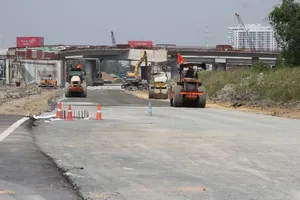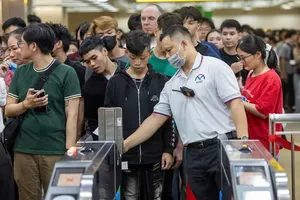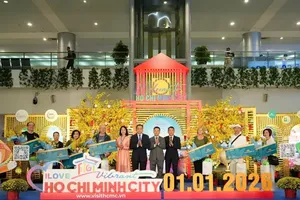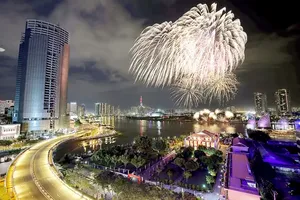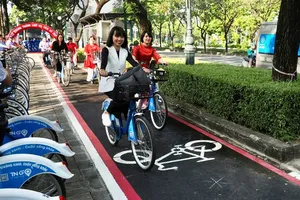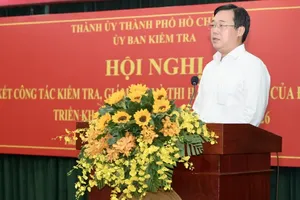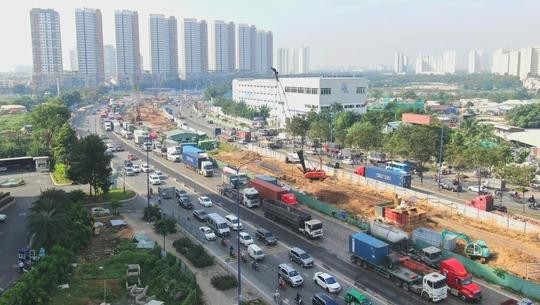
Despite nine months of Ho Chi Minh City’s concerted efforts to address and resolve issues across various project groups, the progress in implementing and disbursing public investment capital remains sluggish. As of September 27, only VND15,802 billion (US$641,507,420) or 19.9 percent of the city’s 2024 public investment plan, has been disbursed out of the allocated amount of VND79,000 billion.
There has indeed been a swift adoption of the initial provisions in the National Assembly’s Resolution 98/2023/QH15, which pilots several specific mechanisms and policies for Ho Chi Minh City’s development. Additionally, opportunities from new laws, such as the Land Law and the Bidding Law, have been promptly seized.
However, the coordination with competent authorities, such as central ministries and agencies, continues to be impeded by the progress of implementation. Adjustments related to changes in the aforementioned laws, planning adjustment procedures, and site clearance compensation are significant obstacles that prevent local measures from effectively removing barriers.
It is disappointing that the only positive development in this quarter is the Government's prompt decision to prolong the Mercedes-Benz Vietnam project for another five years on land in Go Vap District.
Local authorities have been facing difficulties in managing public assets after the land lease contract extension. General Secretary and President To Lam have urged the southern largest city to resolve this issue promptly while working with the city. Resolving this issue could pave the way for more efficient public investment disbursement; plus, resolving this issue is crucial for ensuring the smooth flow of public investment and promoting economic growth.
The domestic consumption and import-export sectors have both seen an increase of over 10 percent, with imports increasing by 6.4 percent. The market remains stable with smooth circulation of goods. In the export sector, many textile and garment enterprises have received orders until the third quarter and end of 2024, leading to higher rates of employment and labor.
To transform the challenges of the final quarter of the year into a motivation for achieving the annual growth objectives, it is essential to concentrate on several key solutions. First, a significant overhaul of the licensing process in critical sectors is required; for instance, the current construction licensing regulations, which can extend up to three years, are creating substantial obstacles for businesses and individuals. The city must prioritize the acceleration and completion of administrative reforms across all sectors.
Lat but not least, regular meetings should be organized for each project and key issues to facilitate collaboration between functional departments and investors, aimed at resolving regulatory, procedural, and process-related challenges.
Additionally, the city should assess the role of enterprises through targeted programs designed to enhance investment in the infrastructure of Ring Road 2 and Ring Road 3 in Ho Chi Minh City, as well as develop bridges and roads that connect the city with surrounding provinces and cities, serving as vital links for the economic sector.
Concurrently, the city plans to propose a traffic strategy that connects Long Thanh - Dong Nai airport, which will not only boost the tourism industry but also pave the way for changes in customs, tariffs, goods importation, logistics, and more once this project is operational.
The city should promptly address the traffic issues at the airport, metro station, and city gateway. This will help stimulate the circulation of goods, festivals, consumption, and trade promotion activities during the last quarter of the year, which is considered the golden season. By doing so, the city can encourage reinvestment and support the growth of large enterprises that will drive the economy in the coming year.

